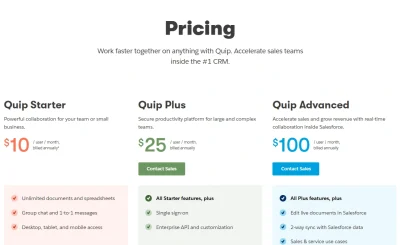Sales analytics and data-driven decision making: This involves implementing the use of sales and customer data as business process and strategy information that enables businesses to deliver more effective results and stay ahead of the competition.
Set up an objective data analysis schedule for weekly or monthly sales figures so you’ll be able to easily observe performance over time and notice any trends that emerge.
Real-time data
Live data enables companies to adapt to changing customer demands and trends in real time, facilitates fast tactical planning and scalable sales model, improves chances of success and fosters data-based culture.
Sales data analysis real time involves collecting and analyzing sales data in real time to find opportunities for improvement. All of this data is pulled from multiple channels and then put together to yield useful data for marketing and sales purposes. You can achieve this with the help of sales analytics solutions that provide a lot of reporting functions such as pipeline visualization and forecasting tools.
Ask your employees to participate in sales analysis, discuss the results and incorporate them into the decision-making process so that they are encouraged to make data-driven decisions. Set up a review schedule for sales data (weekly, monthly, quarterly, whatever suits your company’s reporting needs and objectives) to keep metrics consistent across time. This is an important step for setting up correct metrics of success over time.
Personalized sales approach
Personalized selling is a crucial part of a data-driven sales strategy that allows organizations to offer tailored experiences and gain the most ROI with existing customers. Personalized selling, in turn, makes it possible for sales people to establish lower quotas and achieve them.
Finding Trends and Learnings: Sales analysis tools can help businesses to find trends and learnings to inform their decisions. If the sales data hints that customers prefer certain features on a product, the company can decide to highlight them in marketing campaigns or create new ones with these features in mind.
Automate the sales process: Set up effective processes for collecting and tracking sales data, automating some tasks to eliminate the manual labour costs and enable you to invest more energy on improving your sales strategy.
Flexible sales tactics
This gives sales many benefits to capitalize on data-driven decision-making. Firstly, it can automate processes and direct attention to strategies that generate results while increasing forecast accuracy and business performance. But actually using data in sales, to apply the kind of decision-making you want to make is one that involves a continuous effort towards improvement such as monitoring market dynamics by tracking it continuously and reacting accordingly.
Flexible Sales focuses on buyer needs and interests to pinpoint leads and prospects for personalized sales experiences that deliver better customer satisfaction and retention. Such a sales tactic can also improve customer retention.
When you have a slow sales cycle due to payments, flexible financing might cut the time to close down, making it easier for buyers to negotiate and sellers to close faster. There should also be a feedback loop in place to ensure that the adjustments are taking effect.
Data-driven decision making
The use of data in making decision is a vital business tool for organizations seeking to beat the competition and gain profit. It involves taking decisions based on feedback from customers, observing the market, assessing the selling strategy and whether it is working or not. It has several benefits over traditional decision making, such as greater efficiency of operations and marketing. In addition, companies can tailor their plans based on each potential buyer’s specific needs so that they are ensured with messages and content that might influence them to purchase.
In order to effectively execute on their data-driven actions, organizations need real-time information. It will also help them detect trends as they are coming up and react fast to changing conditions, while analyzing trailing indicators such as revenue and sales increases or ahead-of-the-packages indicators such as customer retention. Such data will enable companies to define tangible targets and drive continued growth and improve services and products — all essential ingredients for sustainable growth in the current digitally aggressive landscape.








